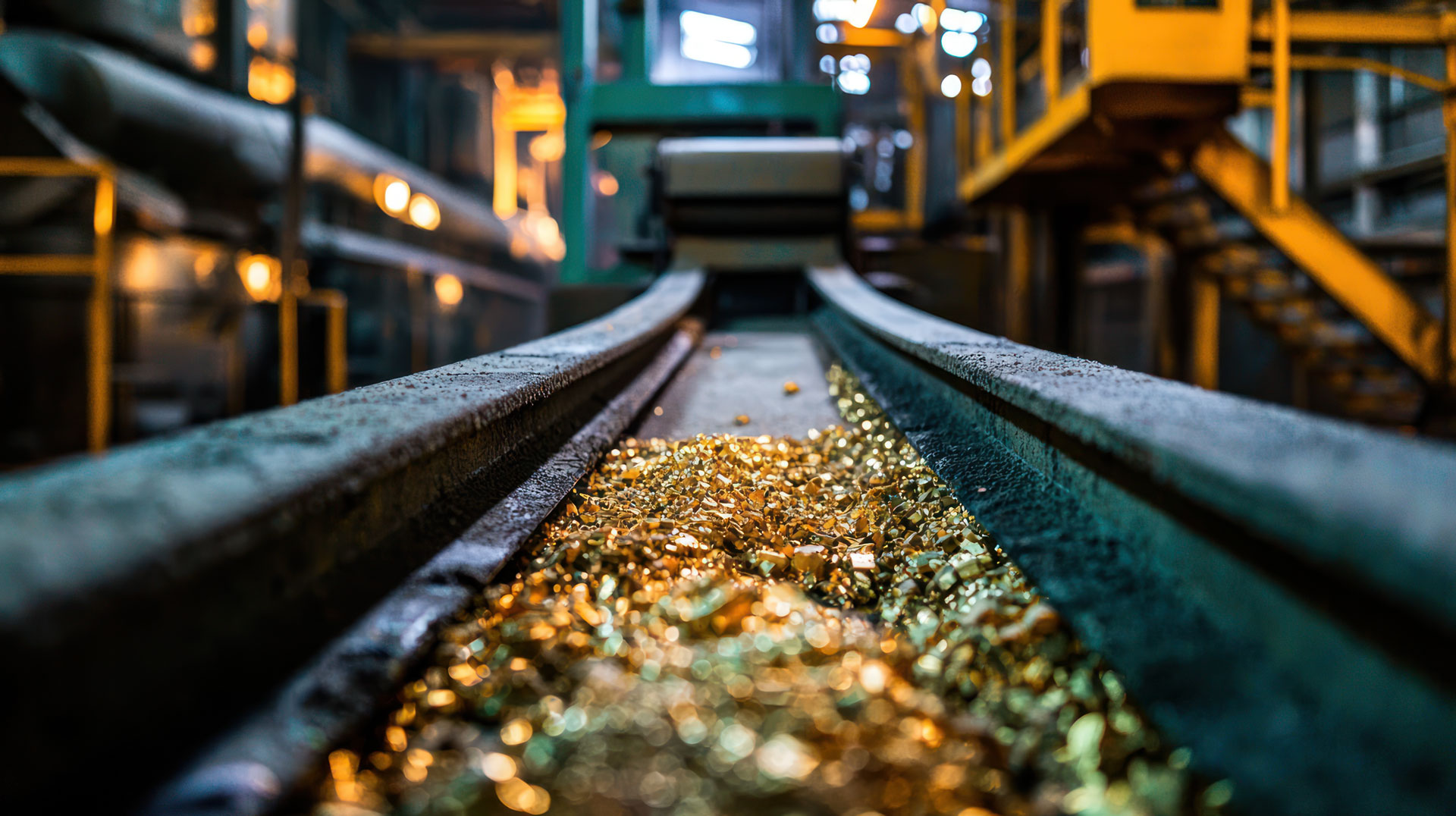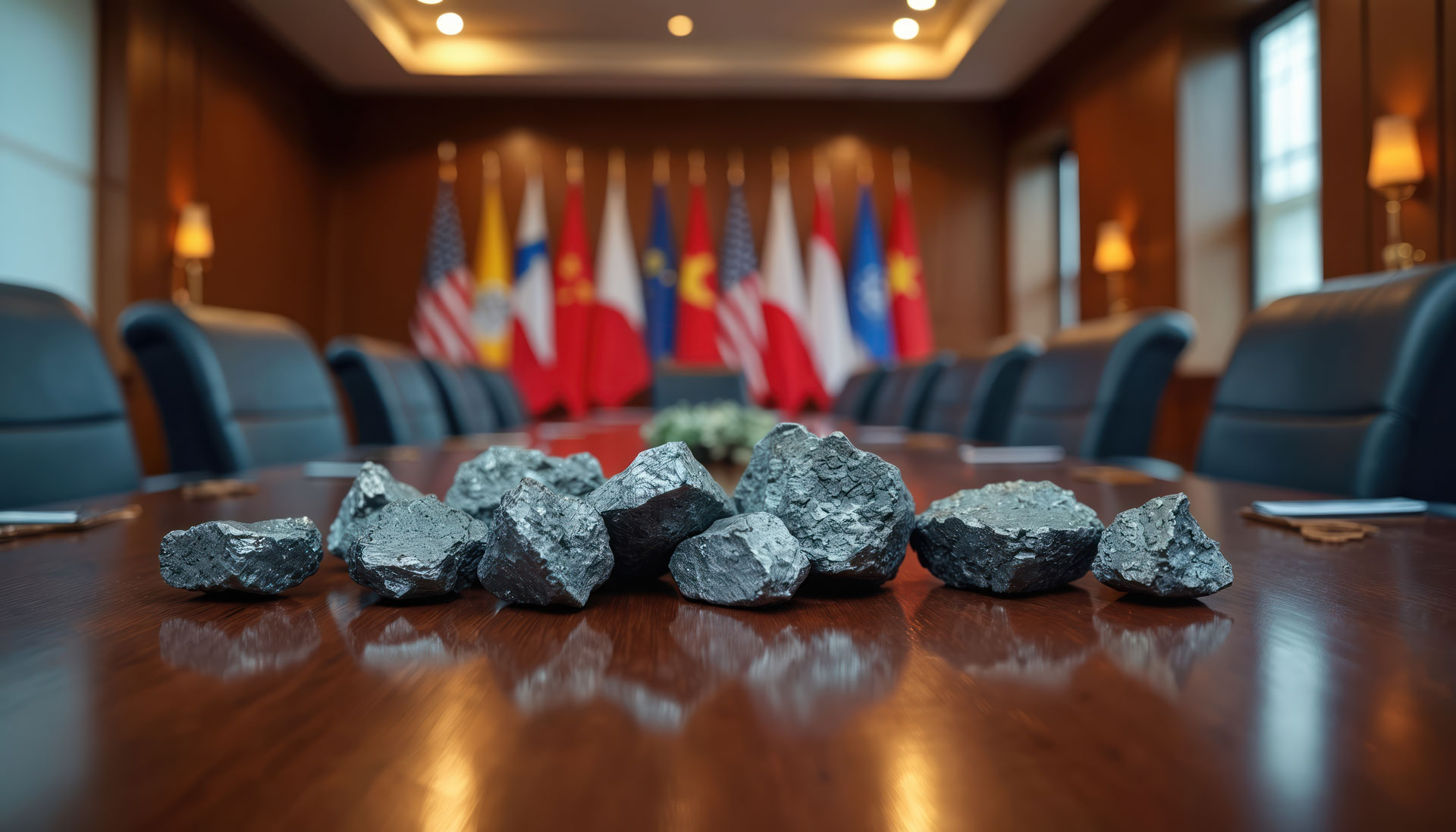The G7 Critical Minerals Action Plan, released last week and backed by Australia, marks a significant change in global policy and market conditions for critical minerals. Australia is a leader in this sector, both in exploration and production.
This plan outlines how wealthy economies plan to secure the raw materials needed for digital, energy, and defense technologies over the next decade. For Australian critical minerals explorers, the Action Plan brings new opportunities and rising expectations regarding standards, market access, and investment.
At its heart, the Action Plan acknowledges that critical minerals like lithium, rare earths, nickel, cobalt, and tungsten are essential for future economies and national security. Building on earlier commitments made in Japan and Italy, G7 leaders have agreed to principles of transparency, diversification, security, sustainable mining, and traceability. These principles aim to create strong supply chains and reduce reliance on any single supplier, particularly China, which dominates the refining and processing of many minerals.
Australia’s support for the plan is especially meaningful. We supply about 50% of the world’s lithium and are a key producer of rare earths and tungsten, making us a primary source for these materials.
The Action Plan is organised around three main pillars: creating standards-based markets, mobilising capital and investing in partnerships, and promoting innovation. Each pillar has direct effects on Australian explorers.
First, the focus on standards-based markets will require Australian companies to meet new minimum standards for responsible extraction, processing, and trading. This includes following labour standards, anti-bribery measures, local consultation, and managing negative impacts like pollution and land damage. Many of these standards are already part of corporate governance for ASX-listed companies.
There will likely be new milestones regarding traceability, meaning increased reporting and certification for Australian explorers and miners seeking access to G7 markets. However, for Australian firms, this shouldn’t pose a significant barrier compared to many other economies.
Second, the plan pushes for immediate and larger investments in responsible critical minerals projects, both within the G7 and worldwide. The G7 acknowledges barriers like permitting delays, market manipulation, and price swings must be addressed to unlock more supply.
For Australian explorers, this sends a strong message that international capital—both public and private—will increasingly support projects that comply with these new standards. The plan calls on export credit agencies and development finance institutions to work together and encourages multilateral development banks and private lenders to boost funding, including through innovative financing options that minimise risks and attract responsible capital.
This could lead to better financing conditions for Australian projects, especially for companies in early stages or in areas with underdeveloped infrastructure.
Third, the Action Plan highlights the need for innovation across the entire value chain—from exploration and processing to recycling and circular economy strategies. The G7 will enhance collaboration to bridge technology and processing gaps, focusing on recycling, alternatives, and redesigning products.
This approach fits with the International Energy Agency’s 2025 Global Critical Minerals Outlook, which emphasised the need for policy support and innovation to diversify supply chains and lessen vulnerabilities.
For Australian explorers, this suggests that projects using advanced processing technologies, recycling capabilities, or innovative resource efficiency strategies might be better positioned to attract investment and secure offtake agreements.
Importantly, the Action Plan also stresses the need to collaborate with emerging markets and developing countries to build capacity, create local jobs, and encourage responsible mining practices.
For Australian firms operating abroad, especially in Africa or Southeast Asia, this could open doors for new partnerships and joint ventures, as long as they uphold the same high standards expected in their domestic operations.
A significant underlying theme is the growing strategic rivalry with China. The Action Plan is widely viewed as a response to China’s dominance in rare earths and other critical minerals, as well as its use of export controls as a geopolitical strategy, seen in recent slowdowns in rare earth and permanent magnet exports.
For Australian explorers, this geopolitical context means their projects are viewed not just as business ventures but also as strategic assets. The removal of tariffs on critical minerals through the new EU-Australia Free Trade Agreement, which takes effect in July 2025, is expected to unlock nearly €5 billion in direct investment for Australian miners, further establishing Australia’s role as a key supplier for Western economies.
The SAFE Centre for Critical Minerals Strategy notes that the G7’s establishment of minimum standards and intentional investments is a significant step toward leveling the playing field for responsible producers, who have often faced unfair competition and market distortions.
This situation has been clear in various critical minerals, from harmful mining processes for rare earths in China to weak environmental standards for nickel production in Indonesia and human rights abuses related to cobalt mining in the Democratic Republic of Congo.
Much work is needed to translate these minimum standard principles into regulations and ensure consistent enforcement across different regions. As with many geopolitical efforts, pushback from countries that do not meet the new expectations is likely.
Looking at the larger supply-demand picture, the past decade has seen significant changes in the critical minerals landscape. Demand for lithium, nickel, cobalt, and rare earths has risen sharply due to the rapid growth of electric vehicles, renewable energy, and advanced manufacturing.
At the same time, supply has struggled to keep pace, leading to price fluctuations and a renewed focus on supply chain security. Australian explorers have benefited from these trends, with major discoveries and project developments in Western Australia, the Northern Territory, and Queensland. Companies like Pilbara Minerals, Lynas Rare Earths, and IGO Limited have become global leaders, while new players are quickly advancing in lithium, rare earths, and battery metals.
The Action Plan’s focus on innovation and standards is likely to accelerate these trends, benefiting companies that can show responsible practices, technological leadership, and strong engagement with stakeholders.
At the same time, it will raise the bar for new projects, making it harder for those that can’t meet the updated requirements. For investors, this means due diligence on environmental, social, and governance factors will be even more important, and projects with strong compliance frameworks and clear paths to market will likely command a premium.
The next important event is the Conference on Critical Materials and Minerals, set to take place in Chicago in September and hosted by the US. The first draft of the roadmap is expected to be discussed at the conference, aiming for agreement by the end of the year.
Overall, the G7 Critical Minerals Action Plan represents a major shift in the global approach to critical minerals, with significant implications for Australian explorers. The plan’s focus on standards, investment, and innovation closely aligns with Australia’s strengths, which should benefit Australian producers.







